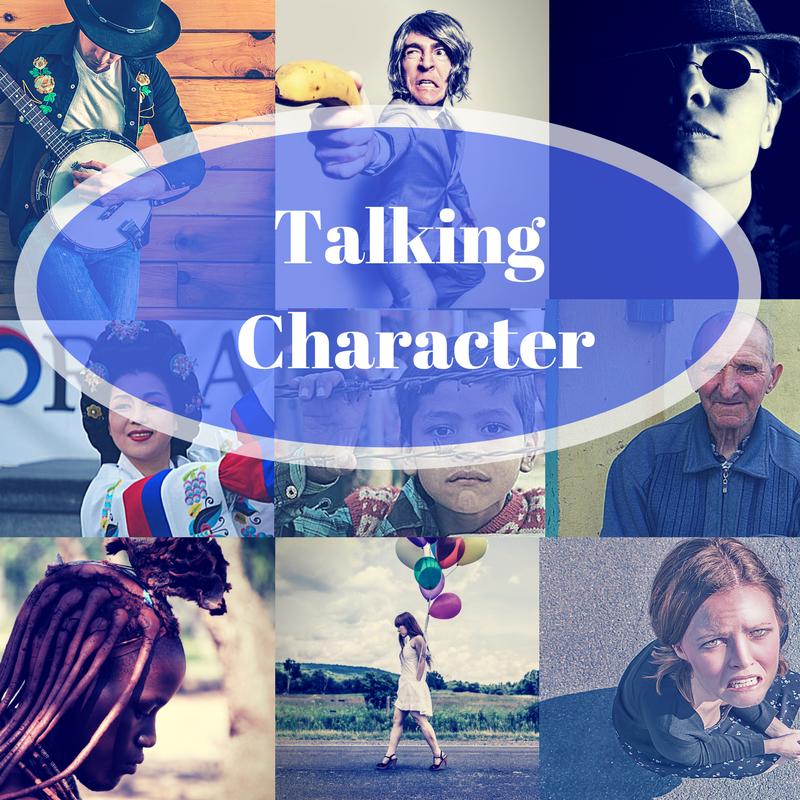Scientific studies confirm that we humans make a host of judgments about a person based on the first few moments of interaction. And once formed, those judgments can be surprisingly difficult to shift. Fictional characters face the same challenge.
The things that make us instantly like or dislike people we meet in real life are pretty much the same things that make us instantly like or dislike the people we meet in fiction. – Orson Scott Card, Characters & Viewpoint
However, unlike real life, the author has control over how that first impression will play out. Don’t waste that power.
By the time you write your opening scene, chances are you know your characters pretty well: Their physical description, their preferences, their inner demons. Pages and pages of backstory. But you only have a few sentences to make a first impression, so you’ll have to decide what bits of information are most important to introduce the most important essence of a character.
Introduction through physical description
In real life, a stranger’s appearance plays a big part in our first impression. It can work in fiction as well, but remember, our eyes take in tons of information in a single glance—much more than we can describe in a few sentences—so choose the most telling details. The examples below show not only how the character looks, but hints at both demographics and attitude as well.
Sarah waited in the office, wearing a black silk sheath dress and four-inch heels. Her lustrous chestnut hair, worn loose, fell halfway down her back, and one perfectly shaped eyebrow arched when I entered.
Sarah waited in the office, a thin woman with a prominent nose and bony hands clutched in her lap. She wore a white cotton blouse, pilled from too many washings, and black slacks with frayed hems. Her brown hair was pulled into a severe bun at the nape of her neck.
Introduction through context
You can tell a reader a lot about a person without giving a single physical detail. Notice how the context paints two very different pictures in the examples below:
This was the first time Sarah had invited Will to her apartment and she wanted everything to be perfect. She straightened the candlesticks flanking the vase of pink roses, and adjusted the volume on her favorite soft jazz playlist. The oven-roasted vegetables and coq au vin were already in serving dishes, keeping warm in the oven. Should she plate the salads now or wait until he arrived?
This was the first time Sarah had invited Will to her apartment and she wanted everything to be perfect. She checked to make sure no dishwasher gunk was stuck to the plates, and adjusted the volume on her favorite classic rock station. The pizza should be arriving any minute. They’d better get the order right this time—meat lover’s supreme. Should she nuke the wings now or wait until he arrived?
Introduction through voice
A third option is to immediately jump inside the character’s head and give readers a sense of how they view the world:
I knew it was going to be a bad day the moment I slipped my feet into my slippers. Cat barf. Normal people have cats that throw up in the middle of the living room. Mine had a preference for shoes. At least the slippers were washable.
I knew it was going to be a bad day the moment I laced up my boots. Twenty-two miles to the next shelter, and my blistered feet weren’t getting any happier, despite the moleskin and fancy hiking socks. But I would break an ankle before I let on I wasn’t enjoying myself as much as Gina.
[bctt tweet=”What impression do your characters make, the moment they walk onto the page? #amwriting” username=””]
[bctt tweet=”Do your characters make the best first impression possible? #writetip” username=””]






No Comments